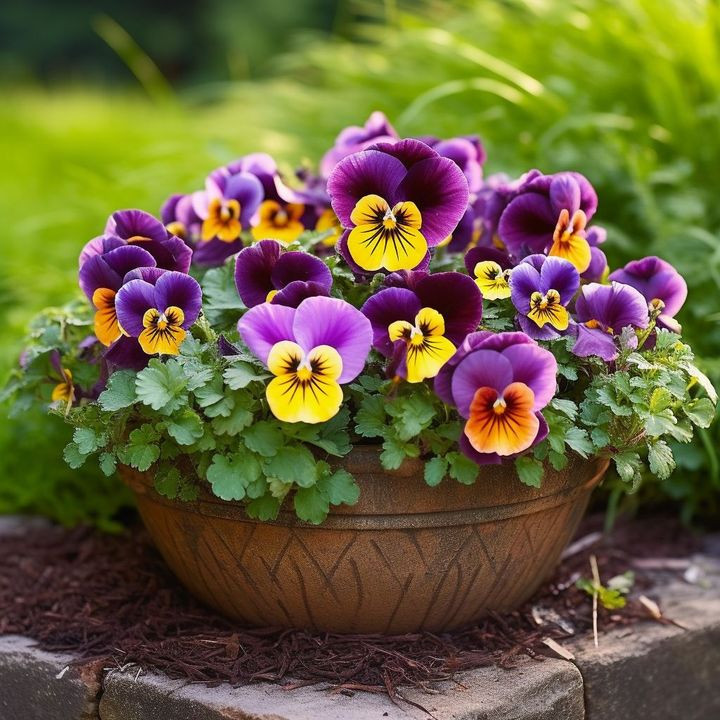Pansies, with their delicate yet vibrant blooms, hold a unique place in the hearts of gardeners and flower enthusiasts alike. These enchanting flowers possess distinctive qualities that set them apart from other garden favorites. From their wide range of captivating colors to their ability to bloom during cool seasons, pansies offer a delightful experience for any gardener. To unlock their full blooming potential, mastering the art of fertilization is key.
Pansies possess a remarkable resilience and adaptability, thriving in a range of climates and growing conditions. What distinguishes these captivating flowers is their ability to withstand cooler temperatures, often enduring frost and chilly weather with grace. Unlike many other plants, pansies exhibit a unique characteristic known as “cold hardiness,” which allows them to bloom and flourish in spring and fall when temperatures are cooler.
Beyond their cold-resistant nature, pansies captivate with their intricate and diverse array of colors and patterns. From deep velvety purples to vibrant yellows, soft pastels to bold bicolor combinations, pansies offer an artist’s palette in a single flower. Their petals often feature “faces” or markings resembling human-like features, adding a touch of whimsy to any garden or container arrangement.
With precise fertilization techniques, tailored nutrient blends, and careful attention to their specific needs, gardeners can truly harness the extraordinary beauty of pansies and create a floral spectacle that will captivate all who behold it. Let’s take a look at these tips now:
1. Choose Pansy-Specific Fertilizers:
Selecting fertilizers specifically formulated for pansies ensures they receive the ideal blend of nutrients. Look for products labeled as “Pansy Fertilizer” or those explicitly designed for flowering plants. These formulations contain optimal ratios of macronutrients (nitrogen, phosphorus, potassium) and micronutrients tailored to pansies’ unique requirements. Typically, a balanced NPK ratio, such as 10-10-10 or 14-14-14, can serve as a general guideline for pansies.
2. Preparing the Soil:
Before planting pansies, prepare the soil by enriching it with compost or well-rotted organic matter. Pansies prefer loamy soil with excellent drainage and nutrient-retention capabilities. Mix in the organic matter thoroughly to enhance soil fertility and structure, providing an ideal foundation for robust pansy growth.
3. Feed Regularly and Diligently:
To fuel consistent growth and abundant blooming, provide pansies with regular feedings throughout the growing season. Begin fertilizing two weeks after planting and continue every two to three weeks thereafter. Dilute the pansy-specific fertilizer according to the package instructions and apply it around the base of the plants, ensuring thorough coverage.
4. Timing is Key:
Timing fertilizer applications is crucial for pansies. Start feeding pansies when they have established a strong root system but avoid fertilizing immediately after planting, as this can stress the young plants. Once they are well-rooted, begin the fertilization regimen to support healthy growth and encourage prolific flowering.
ADVERTISEMENT

